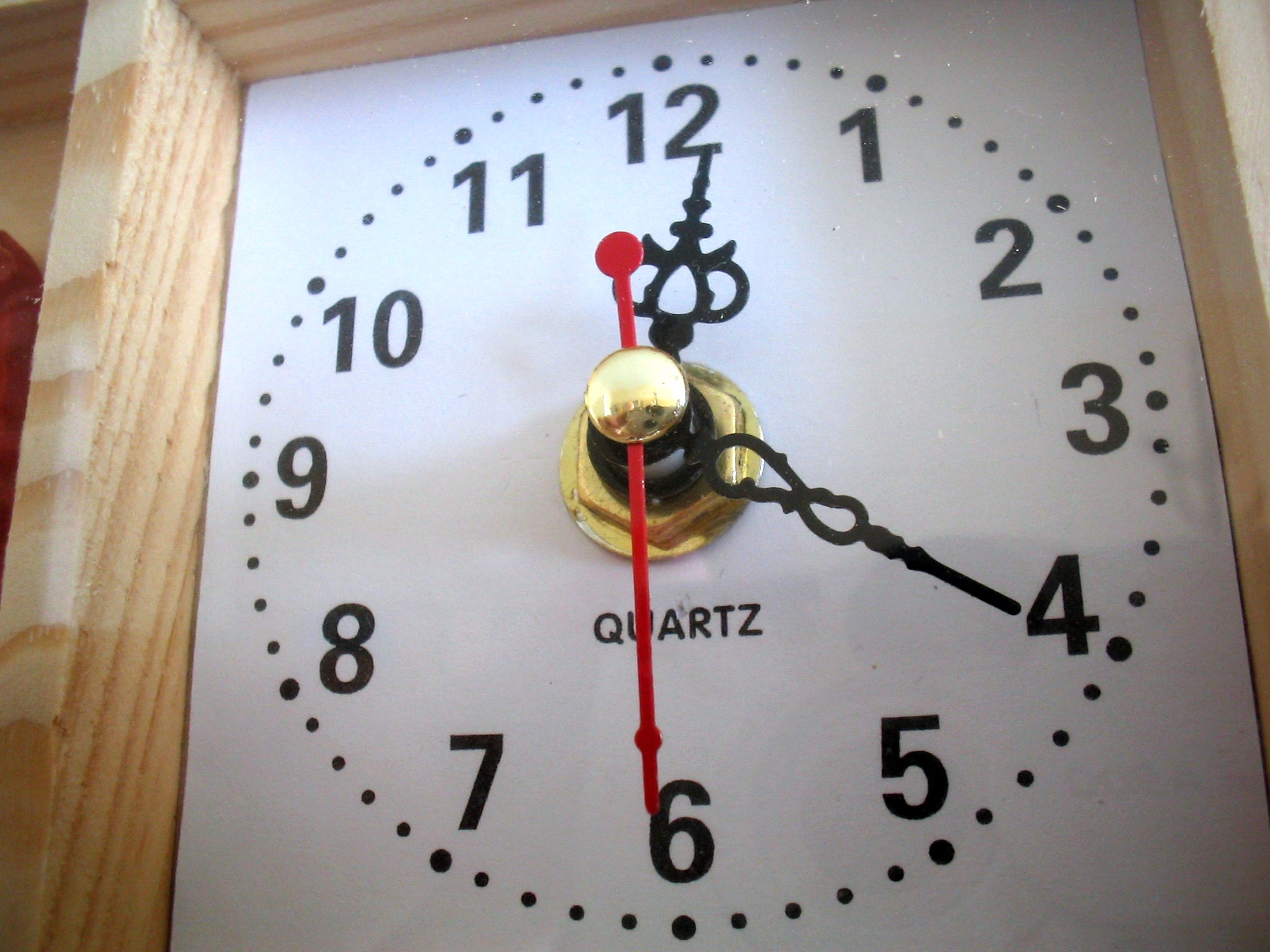|
Oris (watches)
Oris SA is a Swiss luxury manufacturer of mechanical watches. The company was founded in 1904 and is based in Hölstein in the canton of Basel-Landschaft. History Genesis and early growth Oris was founded by Paul Cattin and Georges Christian in the Swiss town of Hölstein. They bought the recently closed Lohner & Co watch factory, and on June 1, 1904 the two men entered into a contract with the local mayor. They named their new watch company Oris after a nearby brook, and they began the industrial manufacture of pocket watches. In its founding year, Oris employed 67 people. In 1906, the firm opened an assembly plant and second factory in the nearby town of Holderbank. Another factory followed in Como in 1908. By 1911, Oris had become the largest employer in Hölstein, with over 300 workers. To entice more watchmakers, it built houses and apartments for its staff, and it expanded so that by 1929 it had additional factories in Courgenay (1916), Herbetswil (1925) and ... [...More Info...] [...Related Items...] OR: [Wikipedia] [Google] [Baidu] |
Private Company
A privately held company (or simply a private company) is a company whose shares and related rights or obligations are not offered for public subscription or publicly negotiated in the respective listed markets, but rather the company's stock is offered, owned, traded, exchanged privately, or Over-the-counter (finance), over-the-counter. In the case of a closed corporation, there are a relatively small number of shareholders or company members. Related terms are closely-held corporation, unquoted company, and unlisted company. Though less visible than their public company, publicly traded counterparts, private companies have major importance in the world's economy. In 2008, the 441 list of largest private non-governmental companies by revenue, largest private companies in the United States accounted for ($1.8 trillion) in revenues and employed 6.2 million people, according to ''Forbes''. In 2005, using a substantially smaller pool size (22.7%) for comparison, the 339 companies on ... [...More Info...] [...Related Items...] OR: [Wikipedia] [Google] [Baidu] |
Jaeger-LeCoultre
Manufacture Jaeger-LeCoultre SA, or simply Jaeger-LeCoultre (), is a Swiss luxury watch and clock manufacturer founded by Antoine LeCoultre in 1833 and is based in Le Sentier, Switzerland. Since 2000, the company has been a fully owned subsidiary of the Swiss luxury group Richemont. Jaeger-LeCoultre is regarded as a top-tier Richemont brand. It has hundreds of inventions, patents, and more than one thousand movements to its name, including the world's smallest movement, one of the world's most complicated wristwatches (Grande Complication), and a timepiece of near-perpetual movement (the ''Atmos clock''). History Early history The earliest records of the LeCoultre family in Switzerland date from the 16th century, when Pierre LeCoultre (circa 1530 – circa 1600), a French Huguenot, fled to Geneva from Lizy-sur-Ourcq, France to escape religious persecution. In 1558, he obtained the status of “inhabitant” but left the following year to acquire a plot of land in the Vallé ... [...More Info...] [...Related Items...] OR: [Wikipedia] [Google] [Baidu] |
The Swatch Group
The Swatch Group Ltd is a Swiss manufacturer of watches and jewellery. The company was founded in 1983 by the merger of ASUAG Allgemeine Schweizerische Uhrenindustrie AG (ASUAG; French: ''Société Générale de l'Horlogerie Suisse SA'') was the former biggest Swiss Watch Industry Group that had been created with the assistance of the Swiss Government and the Swiss Banks ... and Société Suisse pour l'Industrie Horlogère, SSIH to move to manufacturing Quartz clock, quartz-crystal watches to resolve the quartz crisis threatening the traditional Swiss watchmaking industry. The Swatch Group is the world's largest watch company and employs about 36,000 people in 50 countries. The group owns the Swatch product line and other brands, including Blancpain, Breguet (brand), Breguet, Certina, ETA SA, ETA, Glashütte Original, Hamilton Watch Company, Hamilton, Harry Winston, Inc., Harry Winston, Longines, Mido (watch), Mido, Omega SA, Omega, Rado (watchmaker), Rado, and Tissot. Histor ... [...More Info...] [...Related Items...] OR: [Wikipedia] [Google] [Baidu] |
Quartz Crisis
The quartz crisis was the upheaval in the watchmaking industry caused by the advent of quartz watches in the 1970s and early 1980s, that largely replaced mechanical watches around the world.Smithsonian: The quartz revolution revitalized the U.S. watch industry. It caused a significant decline of the Swiss watchmaking industry, which chose to remain focused on traditional mechanical watches, while the majority of the world's watch production shifted to Japanese companies such as , [...More Info...] [...Related Items...] OR: [Wikipedia] [Google] [Baidu] |
Quartz Clock
Quartz clocks and quartz watches are timepieces that use an electronic oscillator regulated by a quartz crystal to keep time. This crystal oscillator creates a signal with very precise frequency, so that quartz clocks and watches are at least an order of magnitude more accurate than mechanical clocks. Generally, some form of digital logic counts the cycles of this signal and provides a numerical time display, usually in units of hours, minutes, and seconds. Since the 1980s, when the advent of solid-state digital electronics allowed them to be made compact and inexpensive, quartz timekeepers have become the world's most widely used timekeeping technology, used in most clocks and watches as well as computers and other appliances that keep time. Explanation Chemically, quartz is a specific form of a compound called silicon dioxide. Many materials can be formed into plates that will resonate. However, quartz is also a piezoelectric material: that is, when a quartz crystal is su ... [...More Info...] [...Related Items...] OR: [Wikipedia] [Google] [Baidu] |
ORIS ProDiver Chronograph
Oris SA is a Swiss luxury manufacturer of mechanical watches. The company was founded in 1904 and is based in Hölstein in the canton of Basel-Landschaft. History Genesis and early growth Oris was founded by Paul Cattin and Georges Christian in the Swiss town of Hölstein. They bought the recently closed Lohner & Co watch factory, and on June 1, 1904 the two men entered into a contract with the local mayor. They named their new watch company Oris after a nearby brook, and they began the industrial manufacture of pocket watches. In its founding year, Oris employed 67 people. In 1906, the firm opened an assembly plant and second factory in the nearby town of Holderbank. Another factory followed in Como in 1908. By 1911, Oris had become the largest employer in Hölstein, with over 300 workers. To entice more watchmakers, it built houses and apartments for its staff, and it expanded so that by 1929 it had additional factories in Courgenay (1916), Herbetswil (1925) and Zie ... [...More Info...] [...Related Items...] OR: [Wikipedia] [Google] [Baidu] |
Oris Meistertaucher 2
Oris SA is a Swiss luxury manufacturer of mechanical watches. The company was founded in 1904 and is based in Hölstein in the canton of Basel-Landschaft. History Genesis and early growth Oris was founded by Paul Cattin and Georges Christian in the Swiss town of Hölstein. They bought the recently closed Lohner & Co watch factory, and on June 1, 1904 the two men entered into a contract with the local mayor. They named their new watch company Oris after a nearby brook, and they began the industrial manufacture of pocket watches. In its founding year, Oris employed 67 people. In 1906, the firm opened an assembly plant and second factory in the nearby town of Holderbank. Another factory followed in Como in 1908. By 1911, Oris had become the largest employer in Hölstein, with over 300 workers. To entice more watchmakers, it built houses and apartments for its staff, and it expanded so that by 1929 it had additional factories in Courgenay (1916), Herbetswil (1925) and Zie ... [...More Info...] [...Related Items...] OR: [Wikipedia] [Google] [Baidu] |
Lever Escapement
The lever escapement, invented by the English clockmaker Thomas Mudge in 1754 (albeit first used in 1769), is a type of escapement that is used in almost all mechanical watches, as well as small mechanical non-pendulum clocks, alarm clocks, and kitchen timers. An escapement is a mechanical linkage that delivers impulses to the timepiece's balance wheel, keeping it oscillating back and forth, and with each swing of the balance wheel allows the timepiece's gear train to advance a fixed amount, thus moving the hands forward at a steady rate. The escapement is what makes the "ticking" sound in mechanical watches and clocks. Invention The lever escapement was invented by British clockmaker Thomas Mudge around 1754, and improved by Abraham-Louis Breguet (1787), Peter Litherland (1791), and Edward Massey (1800). Its modern ("table roller") form was developed by George Savage in the early 1800s. Since about 1900 virtually every mechanical watch, alarm clock and other portable tim ... [...More Info...] [...Related Items...] OR: [Wikipedia] [Google] [Baidu] |
Pin-pallet Escapement
A Roskopf, pin-lever, or pin-pallet escapement is an inexpensive, less accurate version of the lever escapement, used in mechanical alarm clocks, kitchen timers, mantel clocks and, until the 1970s, cheap watches now known as pin lever watches. It was popularized by German watchmaker Georges Frederic Roskopf in it "proletarian watch" from 1867. It was invented by Louis Perron, of Besançon, suggested to Roskopf by Jules Grossmann. Background An escapement is the mechanism in a mechanical timepiece that gives the balance wheel pushes to keep it moving back and forth, and releases the timepiece's gears to advance a fixed amount with each swing of the wheel, thus moving the hands forward at a steady rate. The pin pallet escapement is similar to the lever escapement, which is used in quality watches, except that the horizontal jewel pallets on the lever are replaced with vertical metal pins, and the shape of the escape wheel teeth is modified. The pin pallet escapement was widely ... [...More Info...] [...Related Items...] OR: [Wikipedia] [Google] [Baidu] |
Alarm Clock
An alarm clock (or sometimes just an alarm) is a clock that is designed to alert an individual or group of individuals at a specified time. The primary function of these clocks is to awaken people from their night's sleep or short naps; they are sometimes used for other reminders as well. Most use sound; some use light or vibration. Some have sensors to identify when a person is in a light stage of sleep, in order to avoid waking someone who is deeply asleep, which causes tiredness, even if the person has had adequate sleep. To turn off the sound or light, a button or handle on the clock is pressed; most clocks automatically turn off the alarm if left unattended long enough. A classic analog alarm clock has an extra hand or inset dial that is used to specify the time at which the alarm will ring. Alarm clocks are also used in mobile phones, watches, and computers. Many alarm clocks have radio receivers that can be set to start playing at specified times, and are known as ''clo ... [...More Info...] [...Related Items...] OR: [Wikipedia] [Google] [Baidu] |
World War II
World War II or the Second World War, often abbreviated as WWII or WW2, was a world war that lasted from 1939 to 1945. It involved the vast majority of the world's countries—including all of the great powers—forming two opposing military alliances: the Allies and the Axis powers. World War II was a total war that directly involved more than 100 million personnel from more than 30 countries. The major participants in the war threw their entire economic, industrial, and scientific capabilities behind the war effort, blurring the distinction between civilian and military resources. Aircraft played a major role in the conflict, enabling the strategic bombing of population centres and deploying the only two nuclear weapons ever used in war. World War II was by far the deadliest conflict in human history; it resulted in 70 to 85 million fatalities, mostly among civilians. Tens of millions died due to genocides (including the Holocaust), starvation, ma ... [...More Info...] [...Related Items...] OR: [Wikipedia] [Google] [Baidu] |





.gif)

